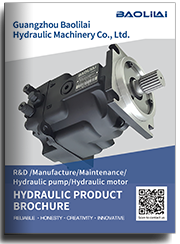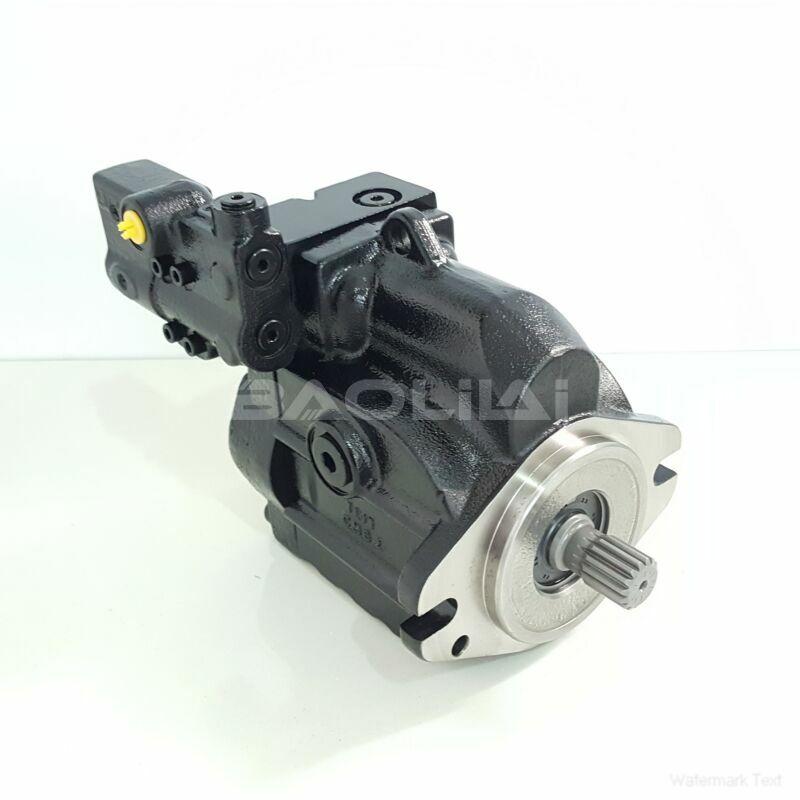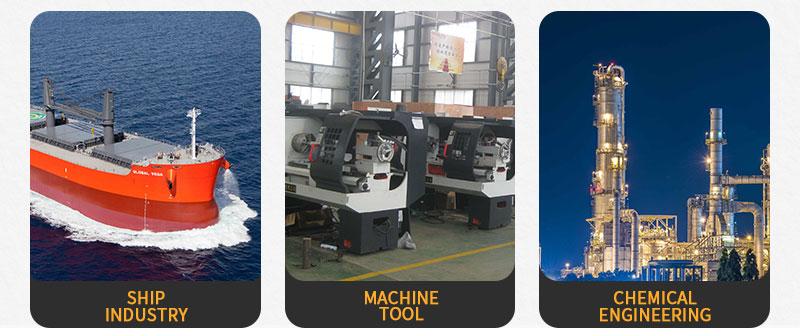KRL045DLS2020NNN3K2AGA6NAAANNNNNN hydraulic pump
KRL045DLS2020NNN3K2AGA6NAAANNNNNN hydraulic pump

- Product Details
- Applicable Scene
Sauer Danfoss hydraulic pumps are renowned for their reliability and efficiency in various industrial applications. However, like any mechanical component, they can experience issues over time due to wear and tear, environmental conditions, or improper maintenance. Identifying these common problems early can help in avoiding costly repairs and downtime. This article aims to guide you through the process of spotting typical issues in Sauer Danfoss hydraulic pumps.
KR-L-045D-LS-20-20-NN-N-3-K2AG-A6N-AAA-NNN-NNN
KRL045DLS2020NNN3K2AGA6NAAANNNNNN
One of the primary indications of a malfunctioning hydraulic pump is unusual noise. If you notice grinding, whining, or knocking sounds coming from the pump, it could signify internal wear, lack of lubrication, or cavitation. Cavitation, in particular, occurs when the pump cannot maintain adequate pressure, leading to the formation of vapor bubbles. If these bubbles collapse violently within the pump, they can cause significant damage. Regularly check the pump’s fluid levels and quality to help prevent cavitation.

11000910
Another common issue is a decrease in pump efficiency or performance. If your hydraulic system is not maintaining its expected pressure or flow rates, this could suggest a malfunctioning pump. Common causes include internal leakage, seal wear, or contamination of hydraulic fluid. Conduct performance tests to measure flow rates against manufacturer specifications, and inspect valve conditions and seals to identify any leaks or blockages.
Overheating is another significant concern for hydraulic pumps. Excessive heat can be caused by prolonged operation under heavy loads, insufficient lubrication, or dirty hydraulic fluids. Overheating can lead to seal failure and permanent damage to the pump’s internals. Always check the temperature of the hydraulic fluid and the pump itself. If temperatures exceed manufacturer guidelines, investigate cooling systems, fluid levels, and overall pump capacity.





